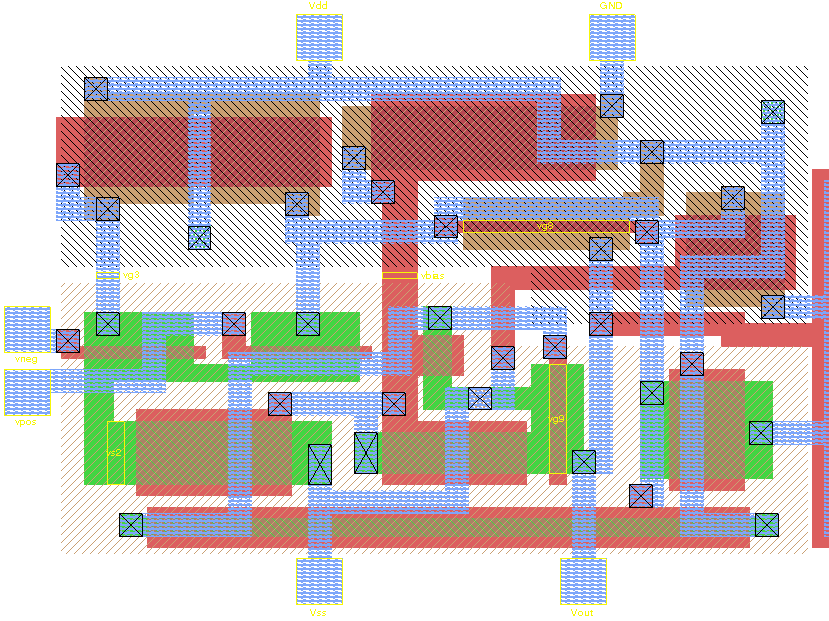The Most Comprehensive Explanation of The Chip Design Process
The chip design process is a complex and intricate process that involves multiple stages and requires a wide range of specialized skills and expertise. Here's a comprehensive explanation of the chip design process:
1, Specification: The first step in the chip design process is to specify the requirements and functionality of the chip. This involves defining the intended purpose of the chip, the required performance specifications, power consumption, and cost constraints.
2, Architecture: Once the specifications are defined, the next step is to design the chip's architecture. This involves selecting the appropriate hardware and software components, defining the chip's internal structure, and determining the interconnects between different components.
3, Logic Design: The logic design stage involves creating a detailed logic diagram of the chip's components, including gates, registers, and memory blocks. This stage is typically done using hardware description languages such as Verilog or VHDL.

4, Verification: Once the logic design is complete, the next step is to verify that the chip's design is correct and meets the specification requirements. This involves running simulations, writing test cases, and using specialized tools to ensure that the chip's functionality and performance are as expected.
5, Physical Design: The physical design stage involves creating a detailed layout of the chip's components, including the placement of transistors, wires, and other structures. This stage is critical for ensuring that the chip meets the required performance and power consumption specifications.
6, Manufacturing: Once the physical design is complete, the next step is to manufacture the chip. This involves a series of complex steps, including photolithography, etching, and doping, to create the required transistor and interconnect structures on the chip's surface.
7, Testing: Once the chip is manufactured, the final step is to test it thoroughly to ensure that it meets the required specifications. This involves running a series of tests to check the chip's functionality, power consumption, and reliability.

Throughout the chip design process, there are numerous specialized tools and software used to aid in the design and verification process. These tools include electronic design automation (EDA) software, simulation tools, and test equipment.
Overall, the chip design process is a complex and iterative process that requires a high degree of skill and expertise. It involves multiple stages, from defining the chip's specifications to manufacturing and testing the final product, and requires close collaboration between designers, engineers, and manufacturing teams.
LEARNED A LOT ABOUT IC CHIPS DESIGN




 Need Help?
Need Help?







